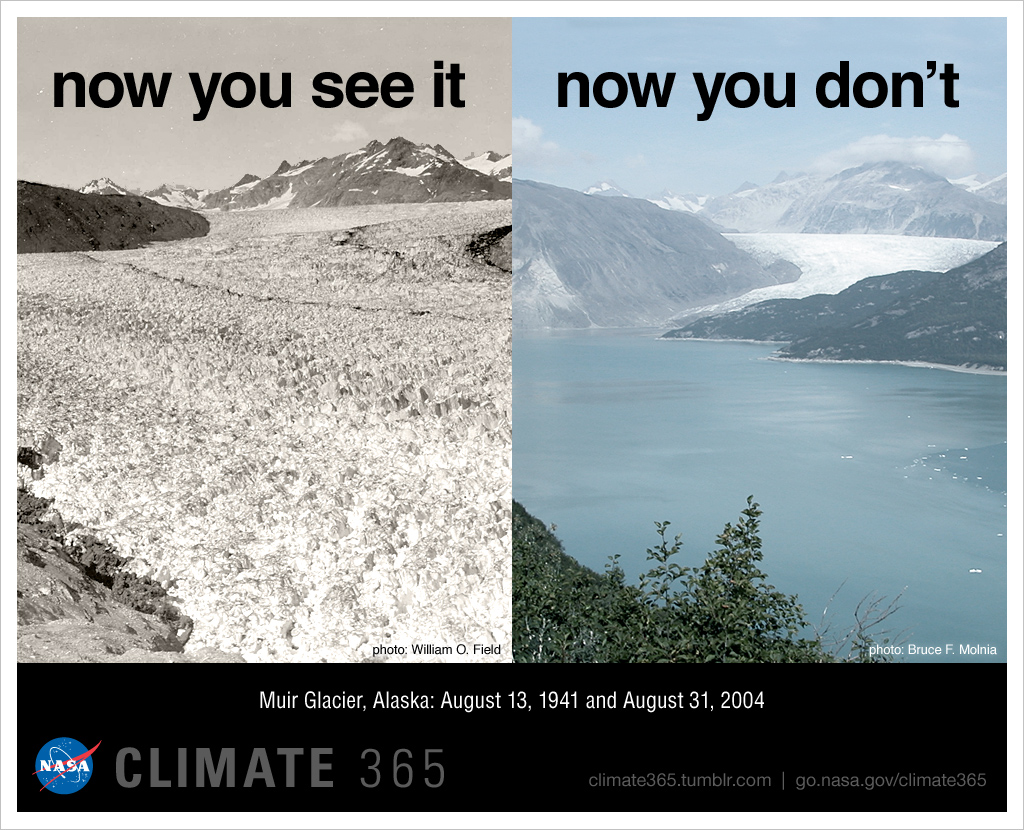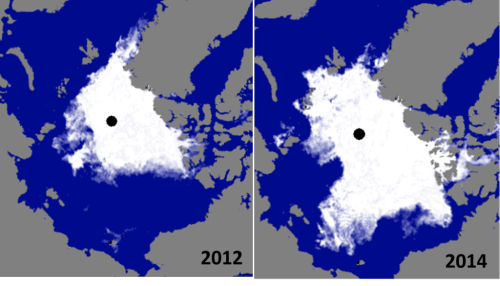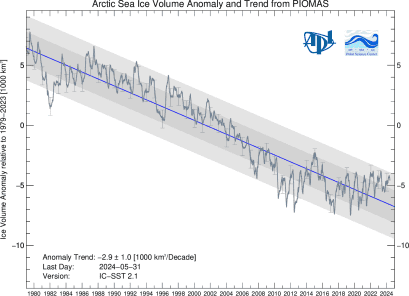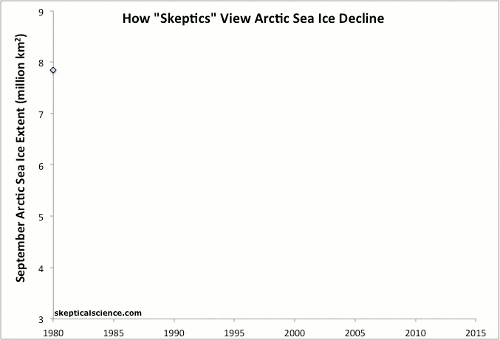PS....the global warming k00ks never want you to know that ALL glaciers melt somewhat in summer since forever........thus, when these deceitful AGW bozos' post up before and after photo's, one will notice it doesn't indicate the season the photo is taken.
Would you REALLY like to suggest this is seasonal melt?

Let's make an estimate: I'm gonna say the missing ice there is (VERY conservatively) 1,000 feet deep, a half mile wide and a mile long. That gives me a volume of 1,000 x 2640 x 5280. That's 13,939,200,000 cubic feet or 398,661,120 tons. Let's call it 400 million tons. 200 glaciers melting like this would equal your Antarctic ice gain. Do you think we've got 200 glaciers on the planet? And let's keep in mind that no one has verified Zwally. So far he's the ONLY scientist to conclude that Antarctica is experiencing net gain. I could give you a dozen that have done the same study and disagree. And Zwally himself expects the ice mass balance to go negative within the next decade.
If you think Zwally refutes AGW, you're out of your fucking minds.





 People who are smart at graphing can make things look compelling by fucking with the vertical axis.......its an old trick done by anybody who is in the business of collecting and analyzing data ( like me )!!
People who are smart at graphing can make things look compelling by fucking with the vertical axis.......its an old trick done by anybody who is in the business of collecting and analyzing data ( like me )!!